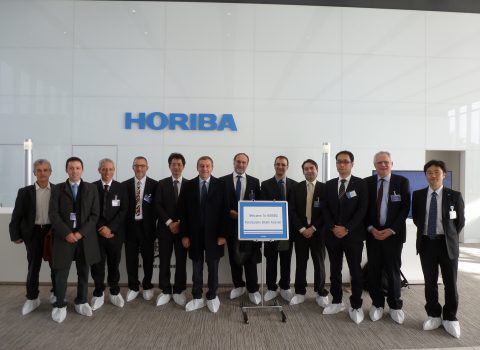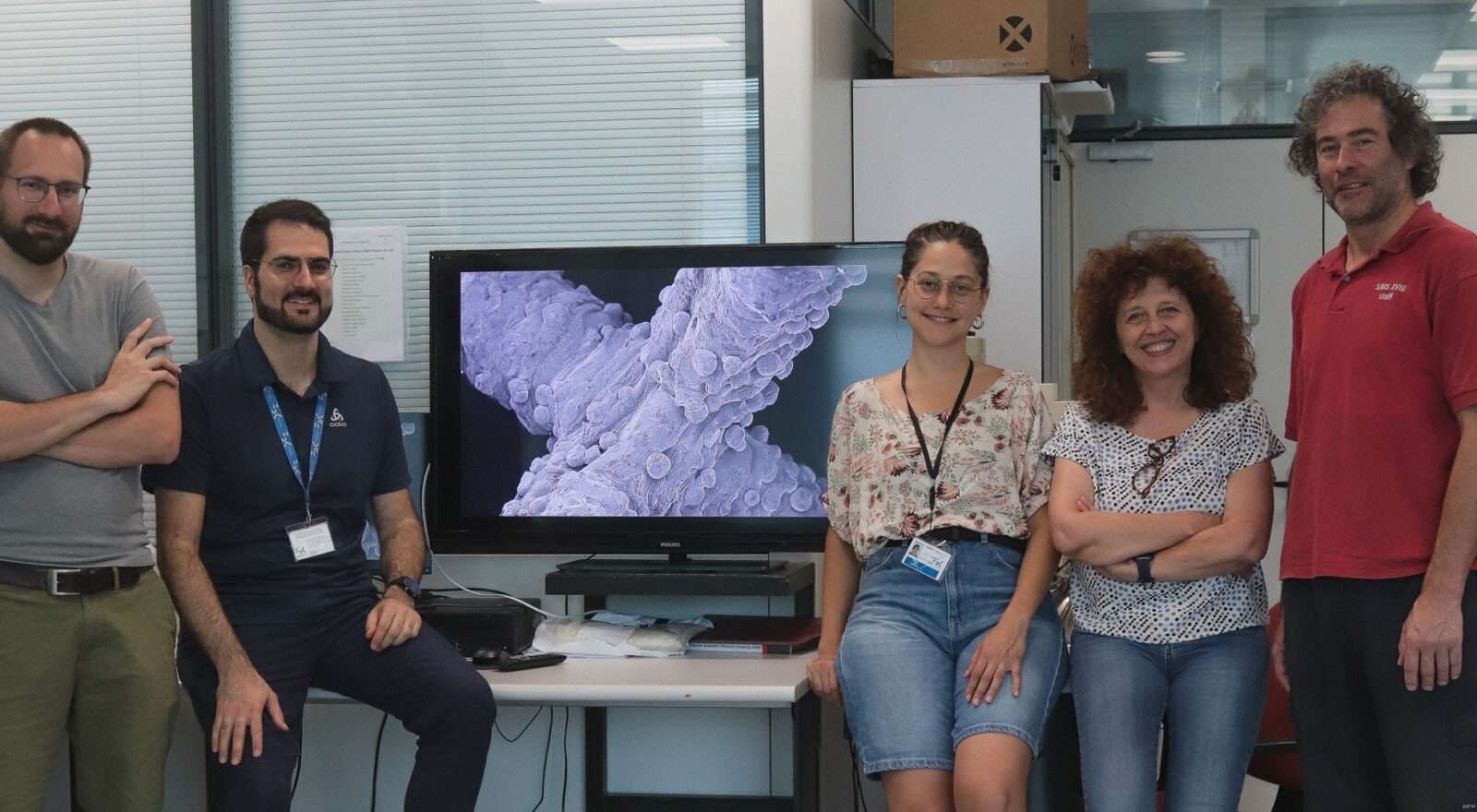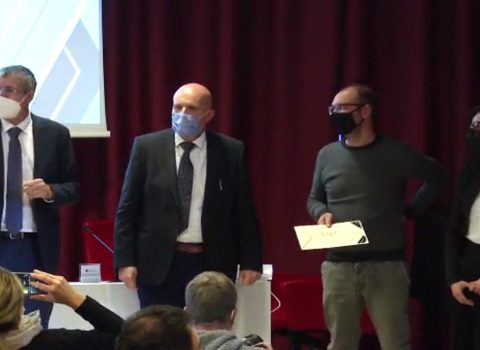
A benchtop electron microscope
Research advancement also comes through the tools scientists use in their work. We visited the MNF labs at Fondazione Bruno Kessler and asked a few questions to learn more about the features of the benchtop electron microscope.
The instrument is located in FBK’s Micro and Nano Facility, a clean rooms and laboratories infrastructure dedicated to the micro- and nanofabrication of devices for various applications as well as to the physical and chemical characterization of the materials used to make them. Different types of material analysis are conducted based on the use of light, ions and, actually, electrons.
What are the advantages of the benchtop electron microscope?
DAVID NOVEL One of the big advantages is portability. It’s an instrument designed to be very compact, which allows it to be moved between labs and even outside of labs. It has ease of use because it has a very modern, recently developed graphical interface, so it is very similar to the applications we have on our cell phones today. It is even possible to program the whole instrument through simple lines of code. All these advantages allow users to approach electron microscopy much faster than traditional instruments. In terms of performance, it is comparable to much larger instruments.
What can be observed with this microscope?
DAVID NOVEL You can obtain morphological images, but you can also obtain some information about the chemistry of the material. So I can tell what elements the sample I’m looking at is composed of and also extract quantitative data to be able to define, for example, how much aluminum or how much iron is contained in that material. The instrument also has a controllable vacuum mode. Vacuum in a scanning electron microscope is needed because electrons must be able to travel inside the instrument without interacting with air molecules. By being able to control the vacuum level, we are not limited to observing only samples that require a high vacuum level, but we can also observe, for example, biological samples, such as insects, spiders, or pollen.
Thanks to these features, what projects is the microscope used for?
ROSSANA DELL ‘ANNA We first used this microscope in a project funded by the Trento VRT Foundation. During this project, its peculiarities were exploited basically for teaching with high schools in the province of Trento in collaboration with the Muse Science Museum and FBK-RIS. Meetings with citizens were also held at Muse and tele-microscopy experiments were conducted with a number of external companies.
After that, the instrument came into full use in our laboratories and currently, in addition to being a widely used instrument internally, it is also used as needed in funded projects we have underway as well as in service activities with external companies.
(Video and) Photo (a.f.): from left Andrea Pedrielli, David Novel, Simona Fioravanti, Rossana Dell’Anna and Michele Fedrizzi, FBK-MNF researchers and technicians



